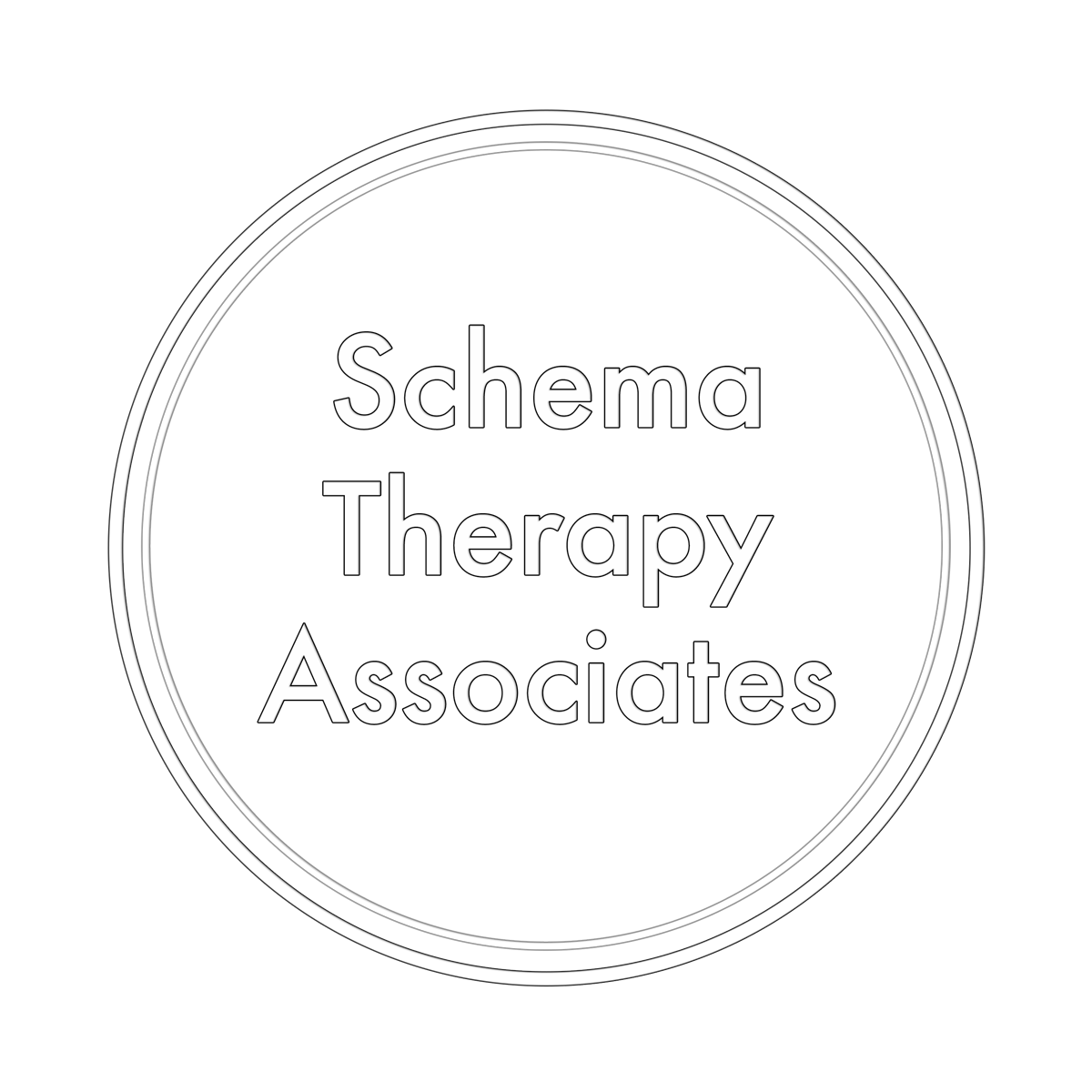
Schema Therapy is an innovative psychotherapy for long lasting problems such as relationship issues, chronic depression, anxiety and personality difficulties. It integrates Cognitive Behavioural Therapy (CBT), Object Relations, Attachment Theory and experiential techniques into a unified whole. There is good evidence that it is highly effective in treating complex cases, attaining superior outcomes on a large-scale randomised control trial for clients with Borderline Personality Disorder (Giesen-Bloo et al, 2006).
Therapists are drawn to the therapy not only because of strong evidence for its effectiveness (see Research Evidence) for a range of difficulties but also because it provides a structure for developing a joint understanding of clients’ difficulties, a clear focus for treatment and strategies for deep and sustained change, within an emotionally corrective therapeutic relationship.
If you would like a brief introduction to Schema Therapy, please take a look at the Client’s Guide to Schema Therapy, written by Schema Therapist Dr David Bricker and Dr Jeffrey Young, the founder of Schema Therapy. Alternatively, you might wish to read the chapter, Schema Therapy, in The Handbook of Adult Clinical Psychology - An Evidence Based Practice Approach (2016, Carr & McNulty).
What problems can Schema Therapy help with?

Schema Therapy can help people with common problems such as:
Anxiety / stress
Anger
Depression
Unwanted habits / addictions
Relationship difficulties
Additionally it can be effective for:
Personality problems
Couples work
How long does Schema Therapy take?

The length of therapy depends on many factors, including the client’s goals, the nature of their difficulties, the time and energy they can devote to therapy work between sessions and their ability to access their emotions. However, due to the breadth and depth of the work, which aims for lasting change on an emotional level, the therapy is not less less than twelve sessions.
Is Schema Therapy right for my clients?

If your client has been struggling with the same problems for some time, or if intellectually they know what’s wrong but get stuck when they try to make lasting, meaningful change, Schema Therapy may well be able to help.
How we see the world often feels right to us. A ‘schema’ refers to the lens through which we see the world, colouring how we feel about our lives, ourselves and other people.
Schemas are what typically underpin the sorts of difficulties listed above. So Schema Therapy involves a deeper exploration (for example, than CBT or person-centred counselling) into why we feel the way we do, combined with a focused approach to change. The therapy begins with understanding how current issues developed and what keeps them going now, and then moves into transformational work, at a pace that suits the client.
Case Example:
Dave has a side of him that tells him that he has to do everything perfectly, leaving him feeling under constant pressure to achieve beyond what is realistically possible. He therefore rarely meets the standards he sets for himself, which feeds his underlying belief that he is a failure. The stress builds up and he increasingly finds himself losing his temper with his wife. He then feels terrible, a failure again. He has Failure and Unrelenting Standards schemas.
Once Dave, in partnership with his therapist, understands his schemas and patterns of coping with these, his therapist can start to give him what he needs to grow his ‘healthy side.’ For example, Dave will develop skills of negotiating with the ‘demanding side’ that insists he does things perfectly. The therapist will also show him ways that alleviate feelings of being a failure. As he develops these skills and the past traumas that gave rise to his schemas are healed, he’ll be able to move forward in the directions he wants, to do so without feeling stressed and instead derive satisfaction from what he does.
